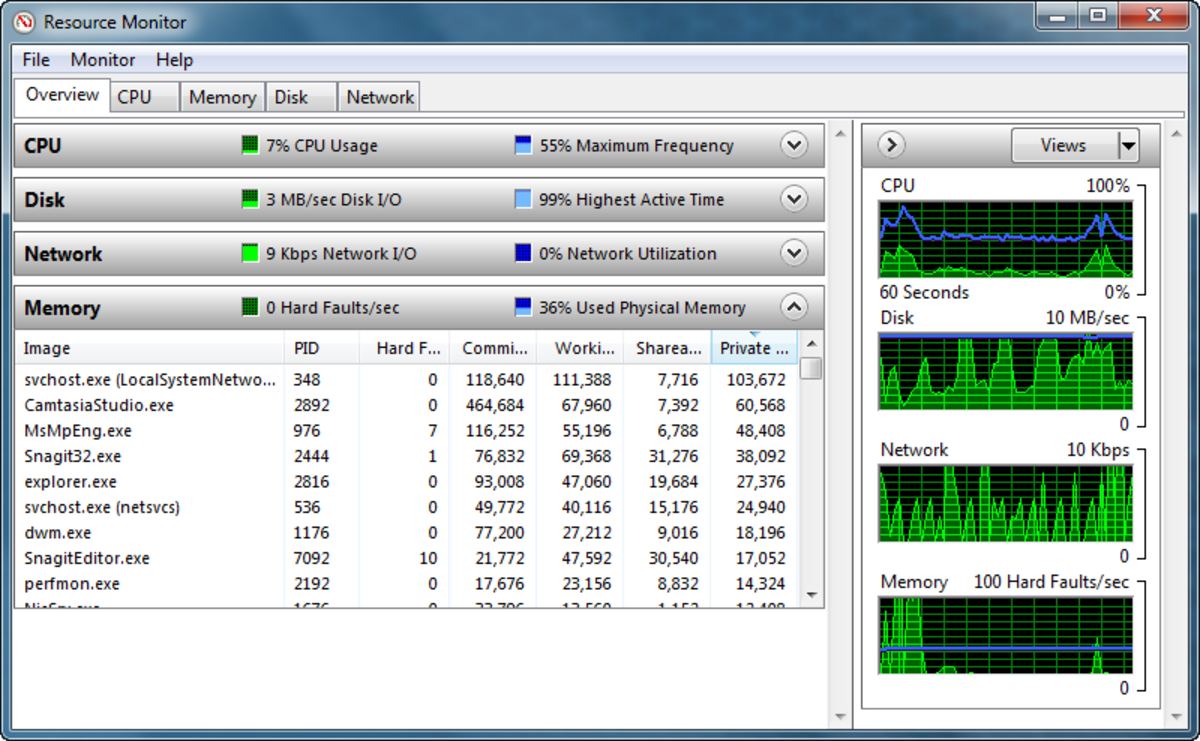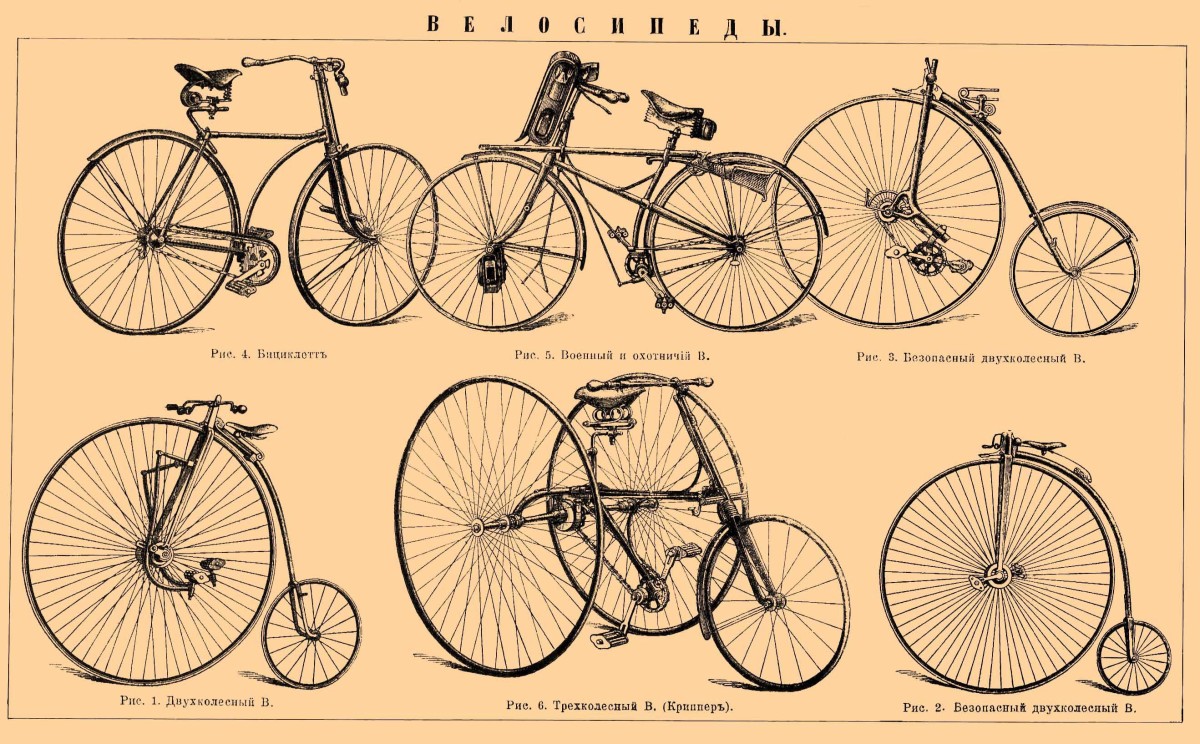What the Performance Management Chart tells you. Power Based Guidance.
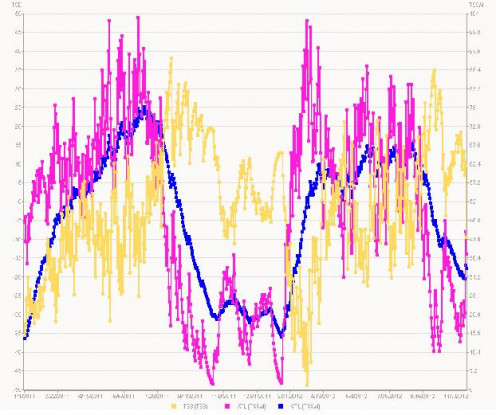
The Fundamentals
The Performance Management chart is one of the best tools developed for improving the direction and quality of your power based training. Once you have tested and found your Functional Threshold Power(FTP), you can begin to dive deep in to the world of using your numbers and quantifying not just every ride, ever pedal stroke, but actually see where your fitness and threshold stands in relative terms to previous days, weeks, months and years.
The Performance Management chart, of PMC for short, represents the accumulation of training, and the relative fatigue you should be experiencing from your training. The chart will reflect the growth in relation to the Training Stress Score(TSS) you acquire from you rides. TSS is relative to your FTP. Essentially Riding at 200 watts for 3 hours is harder for a person with a 250 FTP compared to a strong rider with a 350+ FTP.
TSS is determined by the relative intensity of the ride. This Intensity is represented by a value known as Intensity Factor(IF), which simply the Normalized Power(NP) divided by the riders FTP. To quantify the TSS of a ride we then take the IF value and multiply it by itself. For example:
250NP /300 ftp = .71IF
.71*.71 = .50
This number represents 1/100th of the TSS earned by riding for 1 hour at that intensity. Thus if the rider with an FTP of 300 rode an entire hour with a NP of 250 he would earn 50 TSS for that hour. It is excruciatingly difficult for a person to achieve 100 TSS in one hour.
Normalized Power is every second of power data rounded to the 30 second average, and multiplied to the 4th power then finding the 4th route. For simplification, NP will usually always be higher than average power. The higher the NP the more TSS you will gain for each ride.
1.1
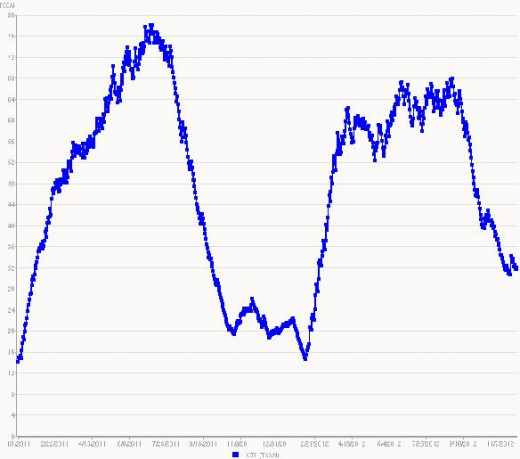
Chronic Training Load
Chronic Training Load is the representation of the cumulative value of your training stress score. CTL's value is not only dependent on your FTP and TSS, but your body's actual adaptation response. This adaptation response is referred to as your Constant(CTL_C). Typically speaking, the average person will have a Constant of approximately 42.5.
CTL is calculated by taking your TSS score and then subtracting your current CTL value dividing it by the Constant . For example, if your TSS for a ride is 120, and your CTL is 0, you will gain 2.82 CTL. Repeat this process for each subsequent day and you will begin to see a line as pictured ins image 1.1.
2.1
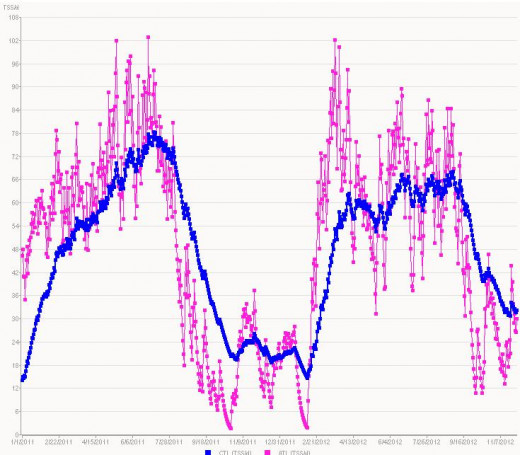
Acute Training Load
Acute Training Load is the representation of the cumulative value of your training stress score, much like CTL, ATL is the stress the body is currently under. ATL is not fitness but rather consider it Damage, the higher ATL get the more the body will be wanting to adapt, to the converse, to much ATL and you won't be able to perform well on each ride. ATL has it's own independent Constant value as well (ATL_C), this is typically the length of 1 week or 7 days, plus .5.
ATL is calculated by taking your TSS score and then subtracting your current ATL value dividing it by the Constant . For example, if your TSS for a ride is 120, and your ATL is 0, you will gain 16 ATL. Repeat this process for each subsequent day and you will begin to see a line as pictured ins image 2.1.
3.1
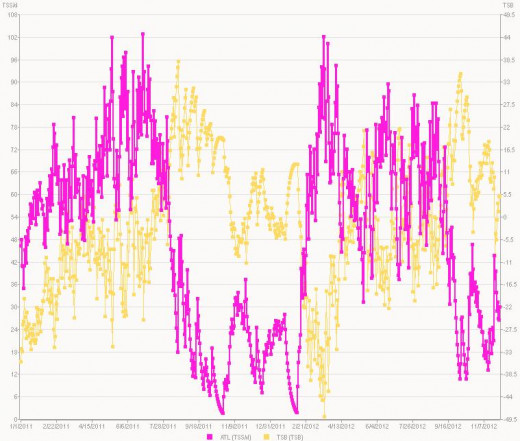
Training Stress Balance
Training Stress Balance(TSB) is a reflective value of the difference between your ATL and CTL. TSB is the only value on the Performance Management Chart that can be negative in value. As your CTL rises, so does your ATL:however, ATL rises at almost 6 times the rate that CTL will. Inevitably, ATL will become a much larger number than it's CTL counterpart. Likewise, ATL will also decrease at a much faster rate as well. This is a good thing, as this is a representation of your body recovering and adapting to it's new found fitness.
Your TSB is always CTL subtracted by ATL to give you your current TSB value. For example, if your TSS for a ride is 120, your currently CTL and ATL are 0, the following day you would have an CTL of 2.8 and an ATL of 16. This would give you a TSB of -13.2
TSB is the value used mostly to determine the TSS to attain on the following day's training. Typically a rider should plan to rest or take it "easy" should TSB be more than -20. This is to avoid pushing your body into to weak of a spot as to inhibit it's immune system. It is possible to dig deeper in to the TSB grave for added adaptation, and typically early on while establishing a solid CTL number it will be easy to reach numbers greater than -20 on your TSB. Riders that race in grand tours like The Tour de France, Giro di Italia and the Vuelta a Espana will often be well in the negative values of TSB, some exceeding -100. This kind of a debt though will require ample recovery time.




